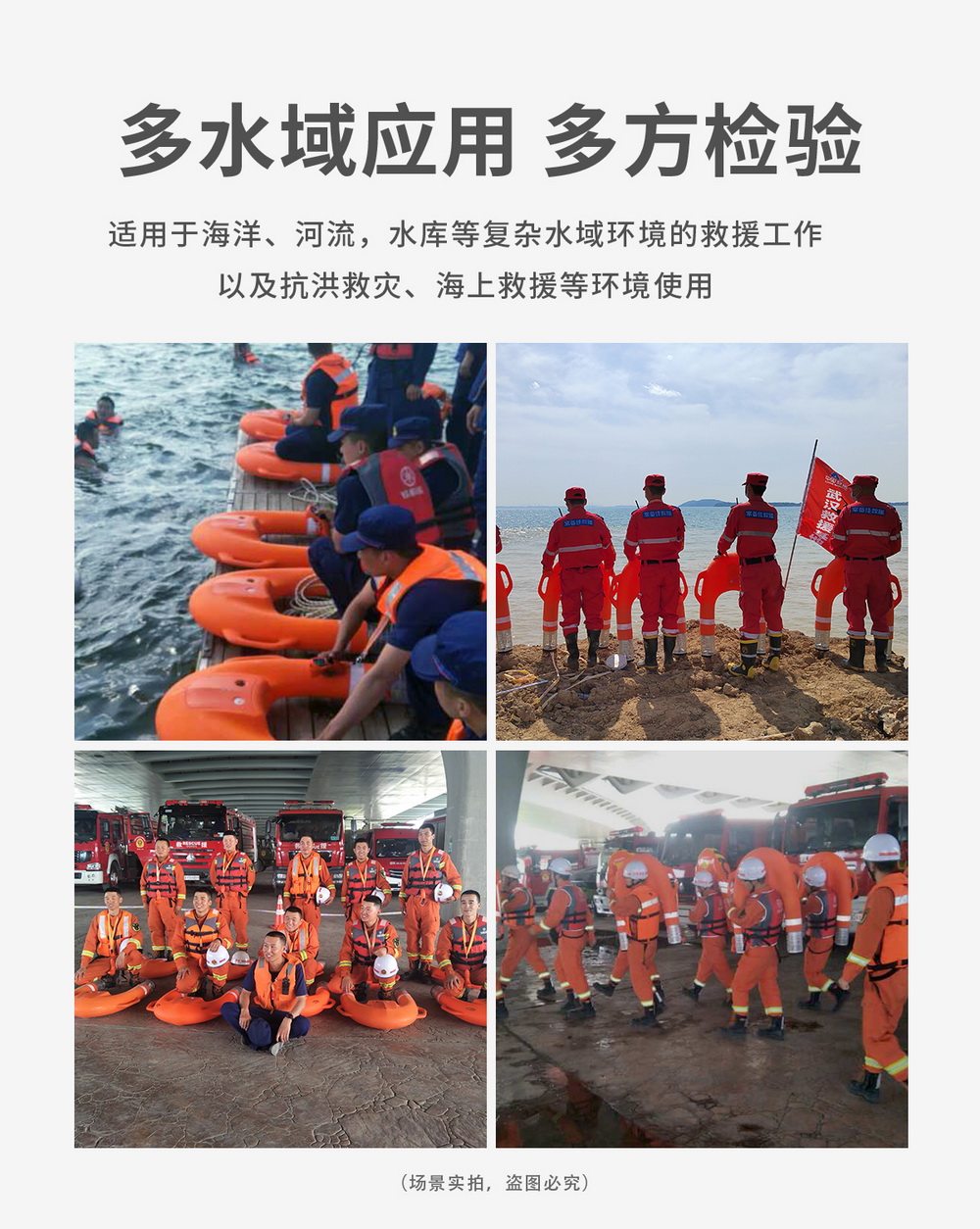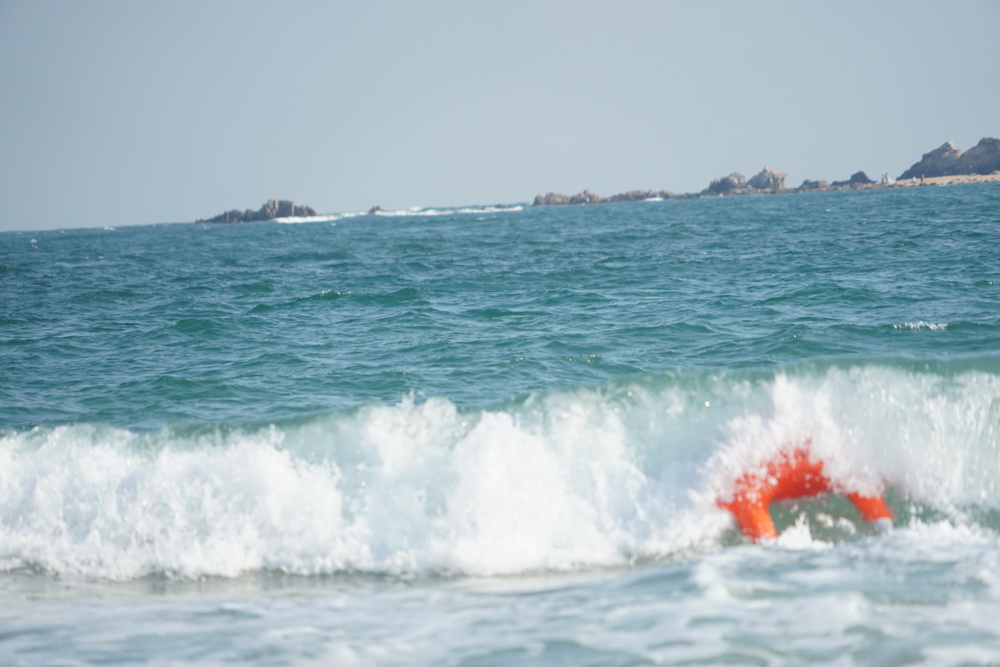In the advancement of modern water rescue equipment, the surface remote rescue robot is increasingly becoming a vital complement to traditional rescue methods, thanks to its efficiency, safety, and intelligence. Among its key features, infrared positioning technology plays a crucial role in enabling precise rescues, significantly enhancing the operational capabilities of surface remote rescue robots in complex aquatic environments. This article provides an in-depth analysis of the principles, advantages, and real-world performance of this technology in surface remote rescue robots.
How Infrared Positioning Technology Works in Surface Remote Rescue Robots
The infrared positioning system equipped on surface remote rescue robots primarily relies on infrared thermal imaging sensors. These sensors detect temperature differences between the human body and the surrounding water, converting thermal signals into visible images. When someone falls into the water, their body temperature is typically higher than that of the surrounding water, appearing as a distinct "heat source" in the infrared image. By analyzing these thermal signals in real time and combining them with image recognition algorithms, the robot can automatically lock onto the position of the victim.


 .
.

Moreover, some advanced surface remote rescue robots are equipped with active infrared transmission and reception modules, enabling them to actively scan the water surface in low-visibility conditions such as nighttime or fog, thereby enhancing target detection capabilities. This hybrid approach—combining passive and active infrared positioning—greatly improves the speed and accuracy of rescue operations.
Advantages of Infrared Positioning Technology in Surface Remote Rescue Robots
- All-Weather Operation: Infrared positioning functions effectively both day and night, allowing surface remote rescue robots to accurately detect victims even in darkness or fog.
- Non-Contact Detection: Targets can be identified without physical contact, avoiding positioning errors caused by water currents or victim movements.
- Rapid Response and Automatic Tracking: Once a target is locked, the surface remote rescue robot can automatically adjust its course, quickly approaching the victim while continuously updating position data to ensure optimal rescue trajectory.
- Enhanced Rescue Safety: Reduces the need for rescuers to enter the water, making it ideal for use in strong currents, polluted waters, or hazardous sea conditions.
Real-World Applications of Infrared Positioning in Surface Remote Rescue Robots
In a nighttime maritime rescue operation, a fishing vessel capsized, leaving several crew members in the water. The local rescue team promptly deployed a surface remote rescue robot equipped with infrared positioning. Despite the dark and rough sea conditions, the robot successfully located two floating victims within three minutes using its thermal imaging capability and guided the rescue vessel to their exact positions, resulting in the safe recovery of all personnel. This case clearly demonstrates the technological value of surface remote rescue robots in real-life rescue scenarios.
Future Outlook: Intelligence and Multi-Modal Integration
With advancements in artificial intelligence and sensor technology, future surface remote rescue robots will integrate not only infrared positioning but also GPS, radar, visible-light cameras, and AI recognition algorithms to form a multi-modal sensing system. As a critical component, infrared positioning will continue to evolve toward higher resolution, longer detection range, and stronger interference resistance, offering more reliable protection for global water safety.
Conclusion
The integration of infrared positioning technology has transformed the surface remote rescue robot from a simple remote-controlled device into an intelligent rescue partner. It not only improves rescue efficiency but also saves countless lives in critical moments. As the technology matures, we have every reason to believe that surface remote rescue robots will play an increasingly important role in global water rescue systems.




















 Current Position:
Current Position:












